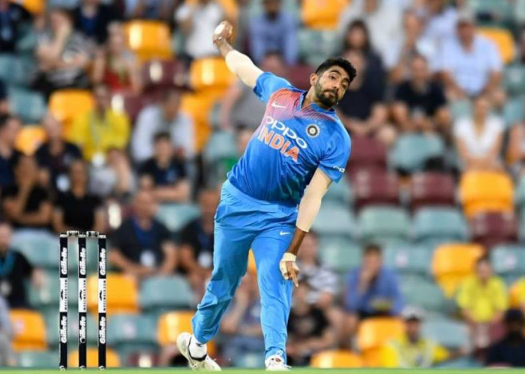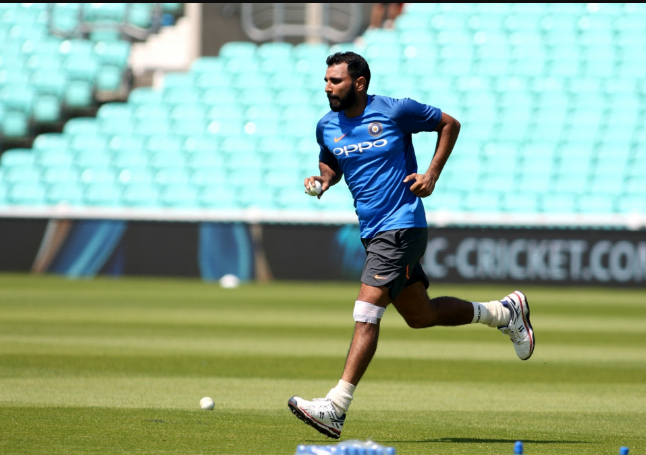Lakxmipathy Balaji, the former India fast bowler and currently the Bowling Coach of the Chennai Super Kings, in an Exclusive with Cricketnext, spoke about the evolution of fast bowling in India from the time of Kapil Dev to the prevailing era dominated by Jasprit Bumrah, Mohammed Shami and Ishant Sharma.
Balaji Lauds Bumrah
Balaji stated that unlike before, when batsmen like Tendulkar or Kohli were the stars for millions of young aspiring cricketers in India, times had changed and now a large percentage of the youngsters also want to become a Bumrah or a Shami or a Sharma.
“The current Indian pace attack has evolved over a period. There was a role model in Kapil Dev in the 1980s and later we had Manoj Prabhakar and Javagal Srinath. These people set the tone in the 1980s and 1990s as fast bowlers.

Look at the number of players who have made their debuts in the last five or six years. It is large. They have a lot of opportunities across all formats. If you are able to get recognition at the first-class level or the IPL, you are not going to be ignored.
Many missed out in the 1980s and 1990s. In the recent past, the best thing that has happened is the rotation of players. Good talent is hardly missed. The opportunities and talents are justified,” said Balaji.
Balaji added that there was no system of rotation policy earlier and the only way for a fast bowler to replace the other was via injuries. He added that with the advent of T20 cricket and the mushrooming of T20 leagues like the IPL, a lot more avenues were created for the pacers to perform and excel in and thereby get noticed.
“In the previous eras, injury for one gives an opportunity for another. With an exceptional first-class record, you played for India ‘A’. Some have finished as only as India ‘A’ players. You waited and waited for an opportunity till someone got injured.
Today, it is about rotation. You have a wider circle, a lot of players get to experience international cricket. They are also thriving on that. It is about the right talent getting the right opportunity at the right time during the peak of their careers. It is not anymore about getting selected prematurely or after their prime,” stated the CSK bowling coach.
Balaji further stated that a large talent pool of fast bowlers is, in turn, changing the domination of batsmen as role models for budding cricketers in the country. He said that in the past every one either wanted to become a Gavaskar or a Tendulkar or a Kohli but now youngsters also want to be a Bumrah, Shami, Sharma, or Yadav.

“This is a major transformation of the current crop of fast bowlers in India. Earlier, nine out of 10 youngsters wanted to become a Virat Kohli or a Sachin Tendulkar, or an MS Dhoni. Nowadays, they want to be like Jasprit Bumrah, Mohd Shami, or Zaheer Khan.”
Balaji then highlighted the pedigree in India’s fast bowling unit and revealed what each bowler brought to the table.
“The importance of fast bowling is defined with Bumrah’s pace, Shami’s modern-day skill sets, Ishant Sharma’s huge experience. T Natarajan, in recent times, has gone from a remote place in Tamil Nadu to playing international cricket, filling in the void of a left-arm seamer. All these are a result of the evolution of fast bowlers and which is why India is able to take 20 wickets in Tests consistently,” added Balaji.

